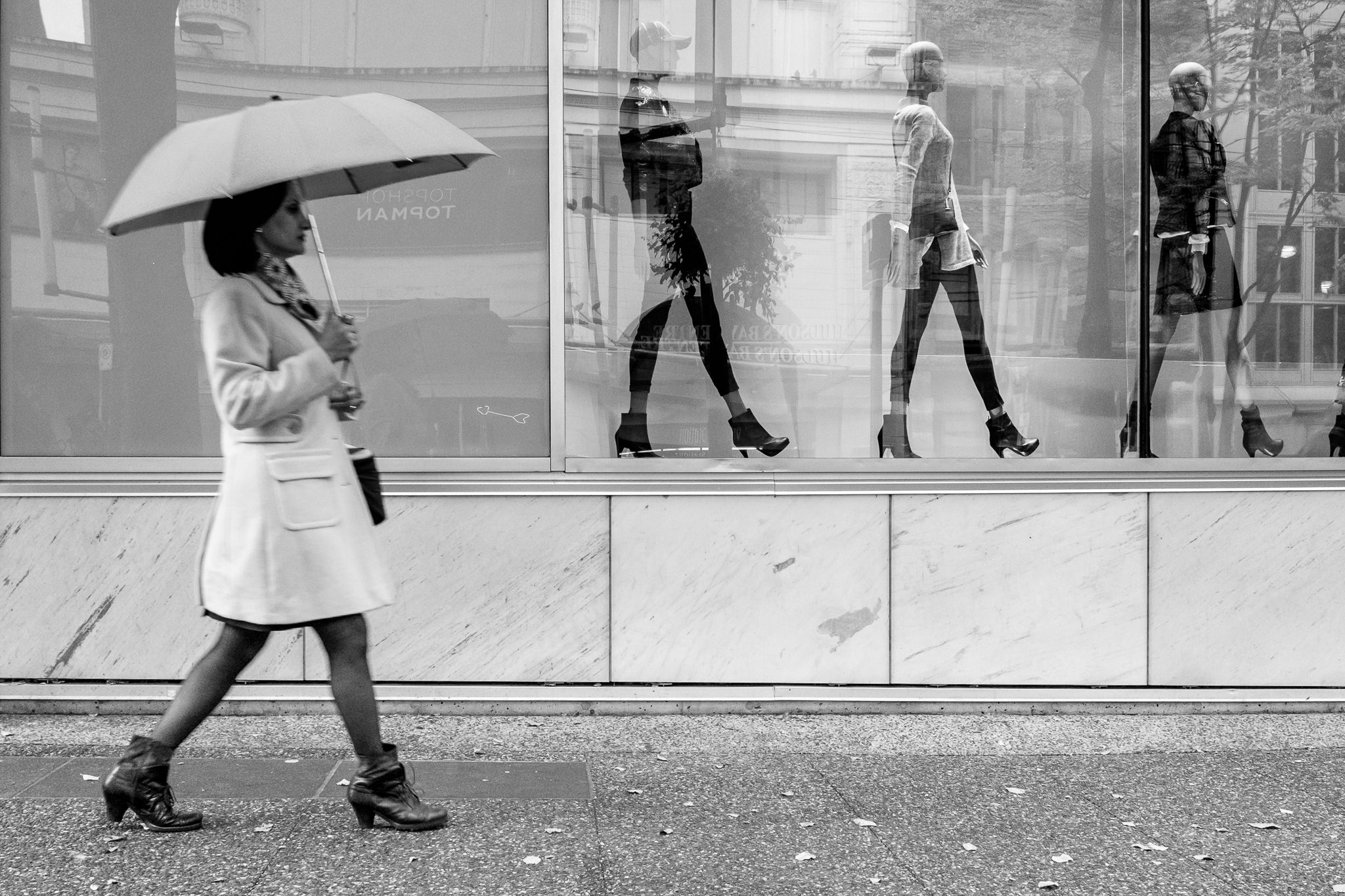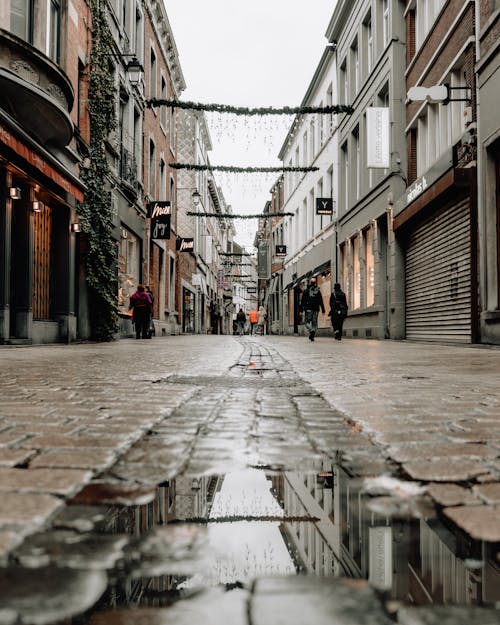The Best Guide To Framing Streets
The Best Guide To Framing Streets
Blog Article
All about Framing Streets
Table of ContentsNot known Facts About Framing StreetsMore About Framing StreetsNot known Details About Framing Streets Examine This Report about Framing StreetsOur Framing Streets Ideas9 Simple Techniques For Framing Streets
Photography category "Crufts Pet Program 1968" by Tony Ray-Jones Street photography (additionally often called candid digital photography) is digital photography performed for art or query that includes unmediated chance encounters and arbitrary incidents within public places, generally with the aim of catching images at a definitive or emotional minute by careful framing and timing. 
Framing Streets for Dummies
Susan Sontag, 1977 Street photography can concentrate on individuals and their habits in public. In this respect, the road professional photographer resembles social documentary digital photographers or photographers who additionally operate in public places, yet with the goal of recording newsworthy occasions. Any of these photographers' images might capture individuals and property visible within or from public locations, which frequently involves browsing ethical problems and laws of personal privacy, security, and building.
Representations of everyday public life form a category in nearly every duration of world art, beginning in the pre-historic, Sumerian, Egyptian and very early Buddhist art durations. Art managing the life of the street, whether within sights of cityscapes, or as the dominant concept, shows up in the West in the canon of the North Renaissance, Baroque, Rococo, of Romanticism, Realism, Impressionism and Post-Impressionism.
The Basic Principles Of Framing Streets
Louis Daguerre: "Blvd du Holy place" (1838 or 1839) In 1838 or 1839 the very first photo of numbers in the street was taped by Louis-Jacques-Mand Daguerre in one of a pair of daguerreotype sights extracted from his workshop home window of the Blvd du Temple in Paris. The 2nd, made at the height of the day, reveals an unpopulated stretch of road, while the various other was taken at regarding 8:00 am, and as Beaumont Newhall reports, "The Blvd, so frequently loaded with a moving crowd of pedestrians and carriages was perfectly solitary, other than an individual that was having his boots brushed.
His boots and legs were well defined, but he is without body or head, because these were in motion." Charles Ngre, waterseller Charles Ngre. https://justpaste.it/d64mt was the very first professional photographer to attain the technical refinement needed to register individuals in movement on the street in Paris in 1851. Photographer John Thomson, a Scotsman functioning with journalist and social activist Adolphe Smith, released Road Life in London in twelve month-to-month installments beginning in February 1877
The Main Principles Of Framing Streets
Eugene Atget is considered as a progenitor, not due to the fact that he was the very first of his kind, yet as a result of the popularisation in the late 1920s of his document of Parisian roads by Berenice Abbott, that was influenced to undertake a comparable documentation of New York City. [] As the city established, Atget aided to promote Parisian streets as a worthwhile topic for digital photography.

Rumored Buzz on Framing Streets
Martin is the initial videotaped professional photographer to do so in London with a disguised video camera. Mass-Observation was a social research organisation established in 1937 which aimed to tape-record everyday life in Britain and to record the responses of the 'man-in-the-street' to King Edward VIII's abdication in 1936 to marry divorce Wallis Simpson, and the sequence of George VI. The principal Mass-Observationists were anthropologist Tom Harrisson in Bolton and poet Charles Madge in London, and their initial report was generated as guide "May the Twelfth: Mass-Observation Day-Surveys 1937 by over two hundred viewers" [] Window cleaner at Kottbusser Tor, Berlin, by Elsa Thiemann c. 1946 The post-war French Humanist Institution professional photographers found their topics on the street or in the restaurant. Andre Kertesz.'s widely admired Images la Sauvette (1952) (the English-language edition was labelled The Crucial Minute) advertised the concept of taking an image at what he described the "decisive minute"; "when type and content, vision and make-up combined into a transcendent whole" - Sony Camera.
The Best Guide To Framing Streets
, after that a teacher of young youngsters, associated with Evans in 193839.'s 1958 publication,, was substantial; raw and usually out of focus, Frank's images questioned traditional photography of the time, "challenged all the official policies laid down by Henri Cartier-Bresson and Pedestrian Evans" and "flew in the face of the wholesome pictorialism and heartfelt photojournalism of American publications like LIFE and Time".
Report this page